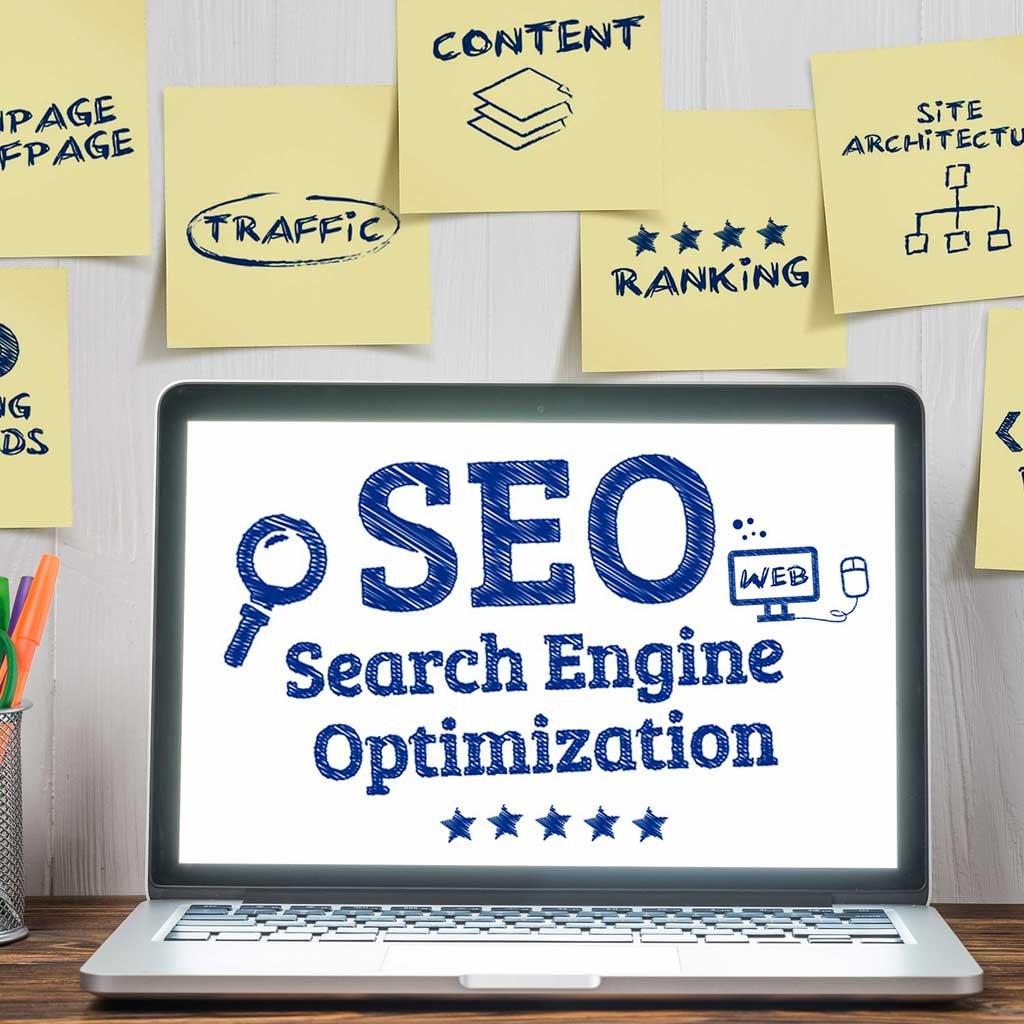How can you use user-generated content to boost SEO?
June 01, 2024 | Digital Techtune

User-generated content (UGC) can be a powerful tool for boosting search engine optimization (SEO) and improving your website’s visibility in search engine results pages (SERPs). This guide explores various strategies and best practices for leveraging UGC to enhance your SEO efforts. We will cover topics such as the benefits of UGC, types of UGC, how to encourage and manage it, and how to integrate UGC effectively into your SEO strategy.
Understanding User-Generated Content
User-generated content refers to any form of content created by users or customers, rather than the brand itself. This can include reviews, testimonials, social media posts, blog comments, forum discussions, videos, photos, and more. UGC is valuable because it is perceived as more authentic and trustworthy by other users, and it provides fresh and relevant content for search engines to index.
Benefits of UGC for SEO
- Increased Content Volume: Search engines favor websites that regularly update their content. UGC helps by continuously adding new content without requiring significant resources from your team.
- Enhanced Keyword Diversity: Users naturally use a variety of keywords and phrases when they create content. This diversity can help your site rank for a wider range of search queries.
- Improved Engagement Metrics: UGC can increase user engagement, which is a positive signal to search engines. Metrics such as time on site, pages per session, and social shares can all improve with UGC.
- Social Proof and Trust: UGC builds trust and authenticity, which can lead to higher conversion rates and lower bounce rates, further enhancing SEO.
- Local SEO Benefits: Reviews and testimonials can significantly boost local SEO efforts, especially when users mention specific locations or services.
Types of User-Generated Content
- Reviews and Testimonials: These are critical for local SEO and can appear on your website, Google My Business, Yelp, and other review platforms.
- Social Media Content: Posts, comments, and shares on social media platforms can drive traffic to your site and enhance SEO through social signals.
- Forum and Community Posts: Engaging with users in forums and communities can drive traffic and create valuable backlinks.
- Blog Comments: Encouraging comments on your blog posts can create a lively discussion and add keyword-rich content to your pages.
- Photos and Videos: User-submitted images and videos can be highly engaging and help improve your site’s multimedia content.
Encouraging User-Generated Content
- Create a Friendly Environment: Make it easy for users to leave reviews, comments, and posts by providing clear instructions and a user-friendly interface.
- Offer Incentives: Consider offering discounts, contests, or other incentives to encourage users to create content.
- Engage with Your Audience: Respond to reviews and comments to show that you value user input and encourage more contributions.
- Highlight User Contributions: Feature user-generated content prominently on your site to motivate others to participate.
- Leverage Social Media: Run campaigns and contests on social media to encourage users to create and share content.
Managing User-Generated Content
- Moderation: Implement moderation strategies to ensure that UGC is appropriate and valuable. This can include automated filters and manual review.
- Content Guidelines: Provide clear guidelines on the type of content you expect and what is not allowed.
- Legal Considerations: Ensure you have the necessary permissions to use and display UGC, and comply with relevant laws and regulations.
- Quality Control: While UGC is valuable, it’s important to maintain a certain level of quality. Highlight the best content and gently guide users to improve their contributions.
Integrating UGC into Your SEO Strategy
- Optimize UGC for SEO: Ensure that user-generated content is optimized for search engines. This includes using relevant keywords, proper formatting, and internal linking.
- Schema Markup: Use schema markup to help search engines understand and display UGC properly, especially for reviews and ratings.
- Create UGC Hubs: Develop sections on your website dedicated to UGC, such as review pages, testimonial sections, and community forums.
- Encourage Reviews on External Sites: While reviews on your site are valuable, encourage users to leave reviews on external sites like Google My Business, Yelp, and industry-specific review sites.
- Monitor and Analyze UGC Impact: Use analytics tools to monitor the impact of UGC on your SEO and make adjustments as needed.
Case Studies and Examples
Case Study 1: Yelp Reviews and Local SEO
Yelp is a platform where user-generated reviews play a significant role in local SEO. Businesses that actively encourage Yelp reviews often see a significant boost in their local search rankings. Yelp’s structured review format and the high domain authority of the platform make these reviews highly valuable for SEO.
Case Study 2: Social Media Campaigns
GoPro effectively uses user-generated content through social media campaigns. By encouraging users to share their experiences using GoPro products with hashtags, the brand has created a vast library of authentic content. This UGC not only boosts SEO by generating backlinks and social signals but also enhances the brand’s authenticity and engagement.
Case Study 3: Amazon Customer Reviews
Amazon utilizes customer reviews to improve SEO. Each product page features extensive user-generated reviews, which include keywords and phrases relevant to the product. This content helps Amazon rank for a wide variety of search terms related to the products they sell.
Practical Tips for Maximizing UGC for SEO
- Optimize Review Pages: Make sure that review pages are easily accessible to search engines. Use structured data markup to help search engines understand the content and display it in rich snippets.
- Encourage Detailed Reviews: Detailed reviews that include relevant keywords can significantly enhance SEO. Encourage customers to provide comprehensive feedback.
- Leverage User Photos and Videos: User-generated photos and videos can be a powerful addition to your content strategy. Optimize these files with descriptive filenames, alt text, and captions.
- Create a Community: Building a community around your brand can generate a steady stream of UGC. Consider creating forums, discussion boards, or social media groups where users can interact and share content.
- Integrate UGC with Product Descriptions: For e-commerce sites, integrating user-generated reviews and photos with product descriptions can enhance the SEO value of product pages.
- Utilize UGC in Email Marketing: Feature user-generated content in email newsletters to engage your audience and encourage further content creation.
- Monitor Social Media Mentions: Use social listening tools to track mentions of your brand on social media. Engage with users and encourage them to share their content on your platforms.
Tools for Managing and Leveraging UGC
- Bazaarvoice: A platform that helps collect and display reviews and ratings on your website.
- Yotpo: An e-commerce marketing platform that focuses on UGC, including reviews, photos, and Q&A.
- Sprout Social: A social media management tool that can help track and engage with UGC across various platforms.
- Google Alerts: Set up alerts for your brand to monitor new UGC and respond promptly.
- Hootsuite: A social media management tool that can help you monitor and engage with UGC on multiple social platforms.
Challenges and Solutions
Challenge 1: Managing Negative UGC
Solution: Address negative content promptly and professionally. Use it as an opportunity to show good customer service. If the content is inappropriate or violates guidelines, follow the platform’s procedures for removal.
Challenge 2: Encouraging User Participation
Solution: Offer incentives, create engaging campaigns, and make the process of submitting content as easy as possible. Highlighting and rewarding active contributors can also motivate others.
Challenge 3: Ensuring Quality and Relevance
Solution: Provide clear guidelines for content submission and use moderation tools to filter out low-quality or irrelevant content. Highlight the best UGC prominently to set a standard.
Conclusion
User-generated content is a potent tool for boosting SEO, offering benefits like increased content volume, keyword diversity, improved engagement metrics, and enhanced social proof. By understanding the different types of UGC and employing strategies to encourage, manage, and integrate it effectively, you can significantly enhance your website’s SEO performance. Embracing UGC not only helps in improving search rankings but also builds a loyal community around your brand, fostering long-term growth and success.

